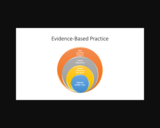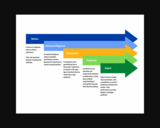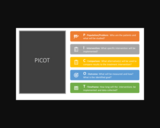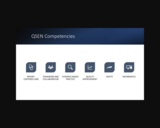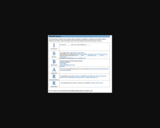
150 low- and high-fidelity simulations and serious games scenarios created for Nursing, Respiratory Therapy, EMT-Paramedic, Medical Assistant and Pharmacy Technician programs. Nursing scenarios are aligned with WTCS Statewide Nursing Curriculum. Simulation documents can be used as standalone scenarios or as augmented reality scenarios using the free, open source iOS "ARIS" app on iPads.
This work by the Wisconsin Technical College System TAACCCT IV Consortium is licensed under a Creative
Commons Attribution 4.0 International license.
Third party marks and brands are the property of their respective holders. Please respect the copyright and terms of use on any webpage links that may be included in this document.
This workforce product was funded by a grant awarded by the U.S. Department of Labor’s Employment and Training Administration. The product was created by the grantee and does not necessarily reflect the official position of the U.S. Department of Labor. The U.S. Department of Labor makes no guarantees, warranties, or assurances of any kind, express or implied, with respect to such information, including any information on linked sites and including, but not limited to, accuracy of the information or its completeness, timeliness, usefulness, adequacy, continued availability, or ownership. This is an equal opportunity program. Assistive technologies are available upon request and include Voice/TTY (771 or 800-947-6644).
- Subject:
- Career and Technical Education
- Health Science
- Material Type:
- Activity/Lab
- Author:
- Theresa Meinen
- Kim Ernstmeyer
- Date Added:
- 03/28/2019

